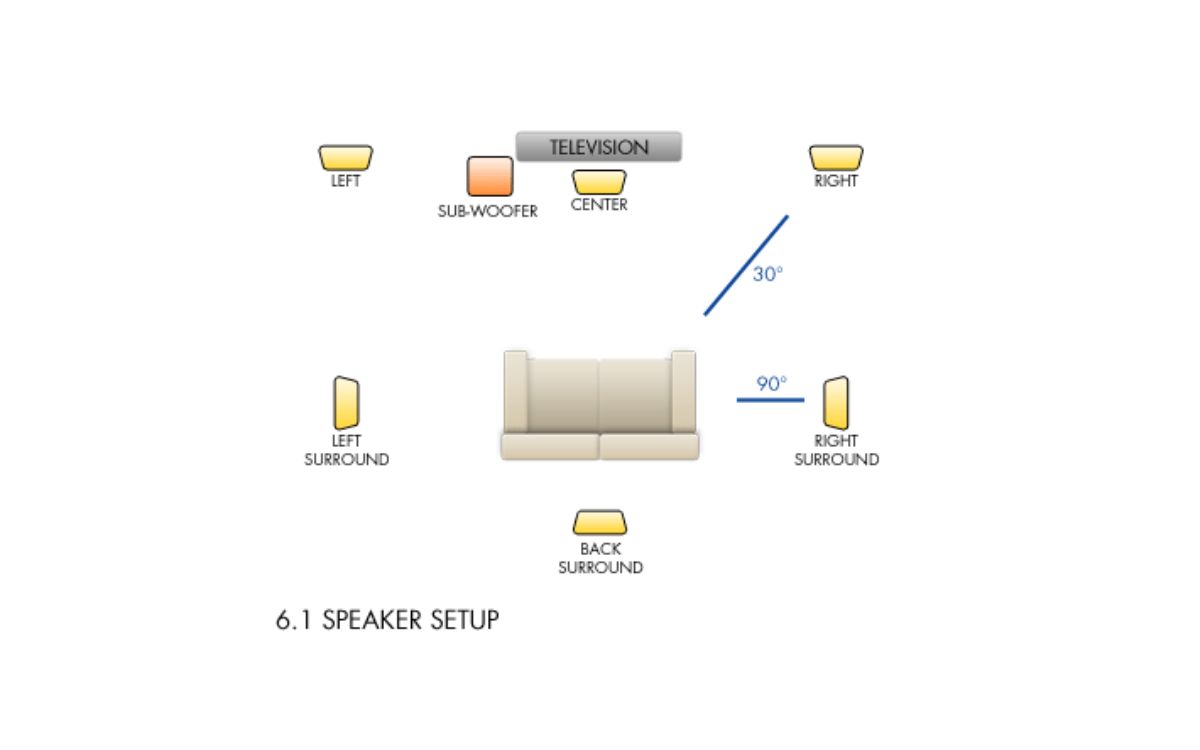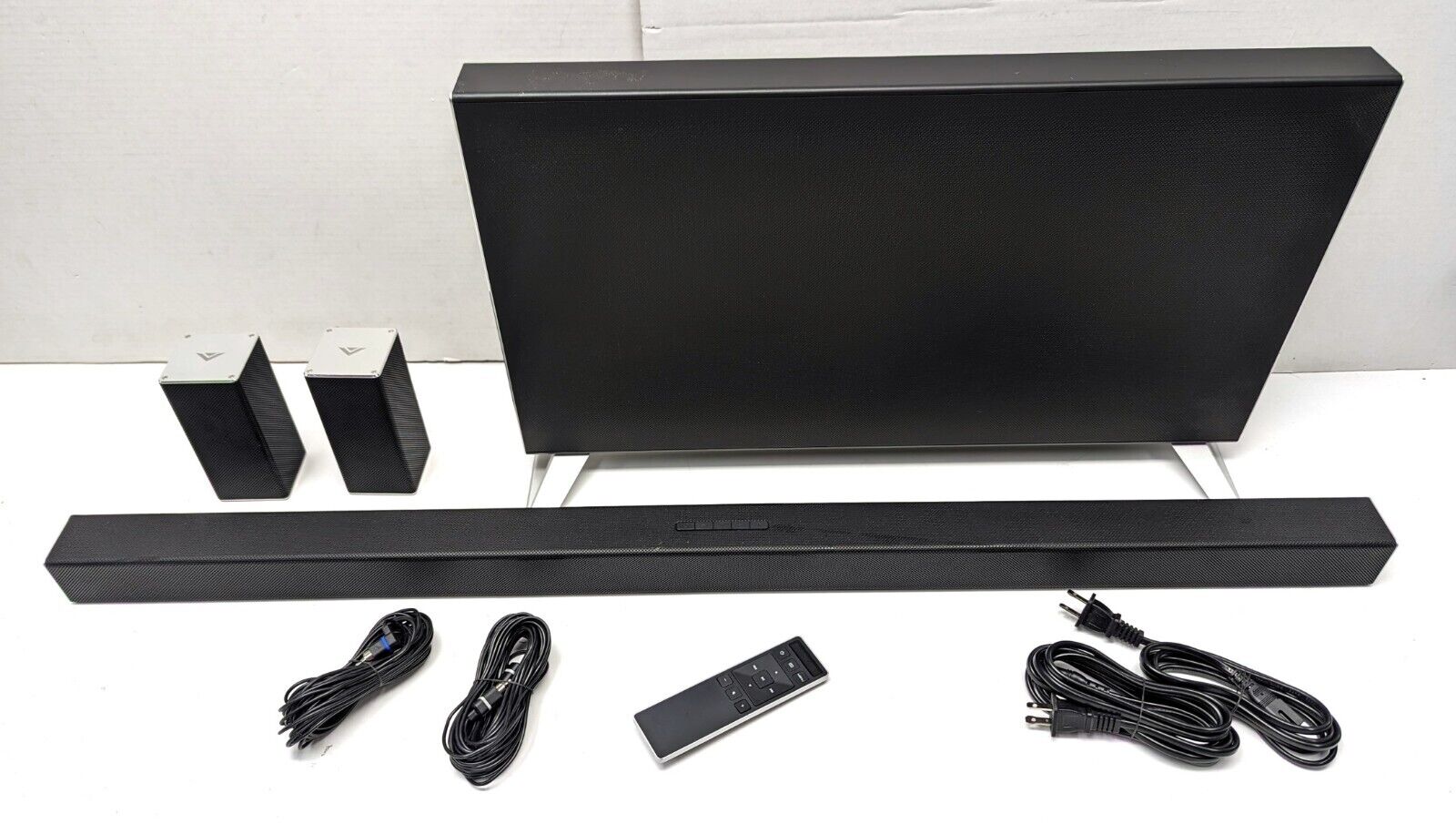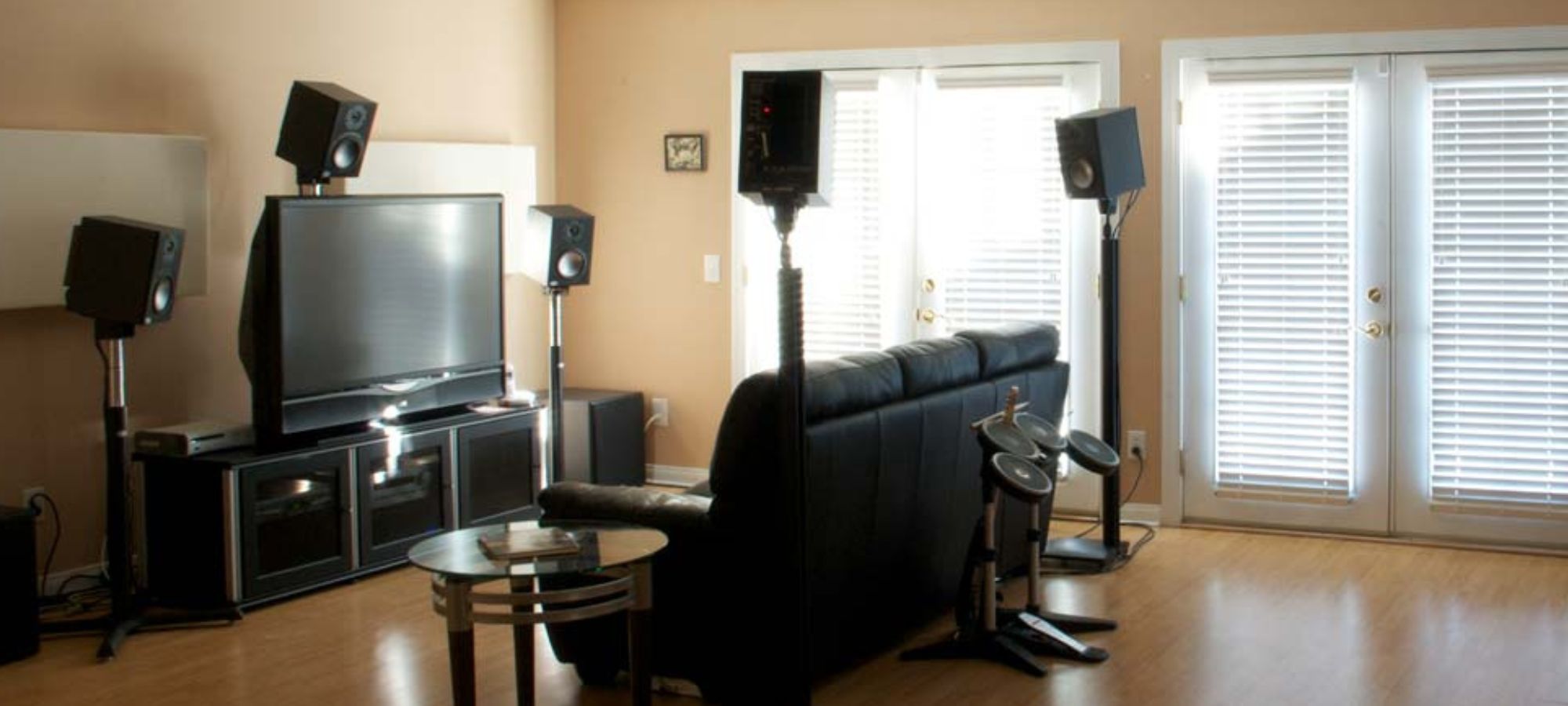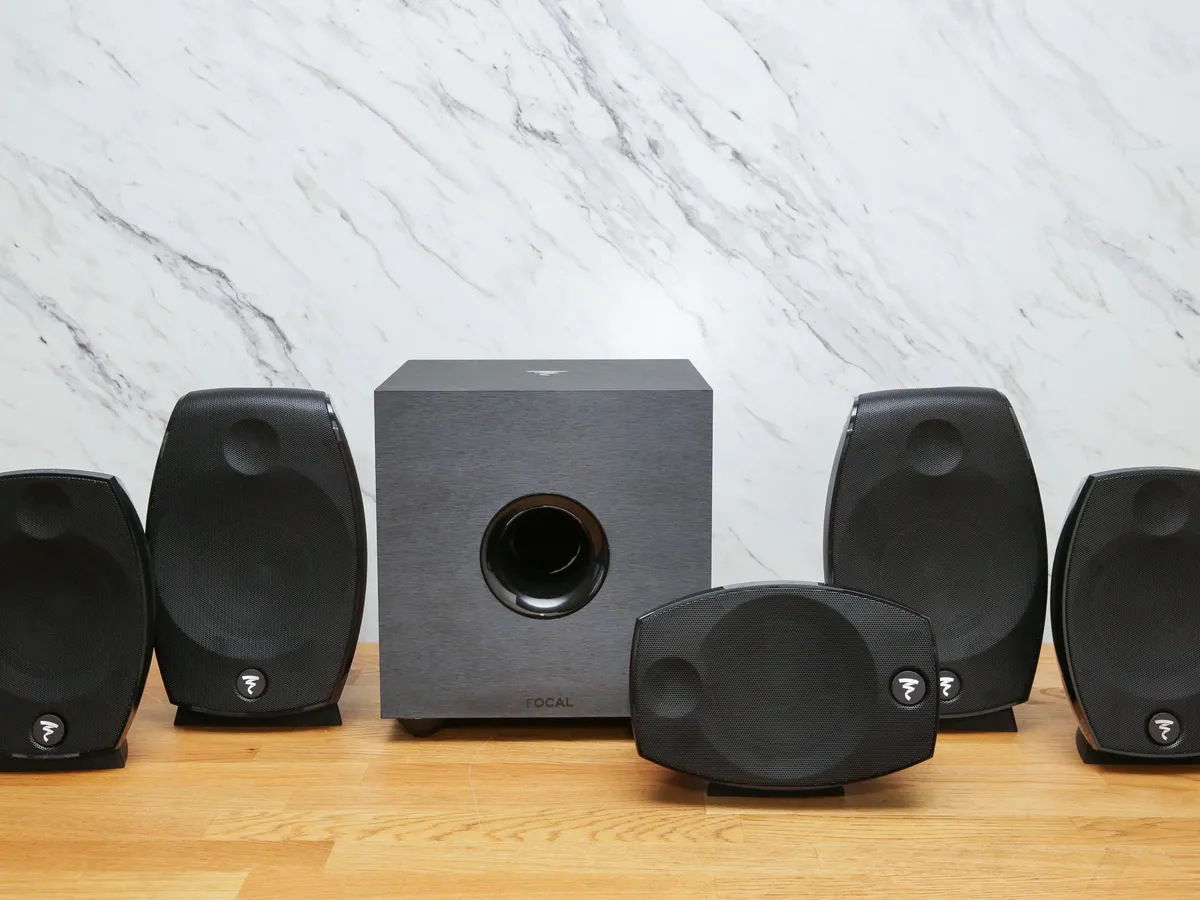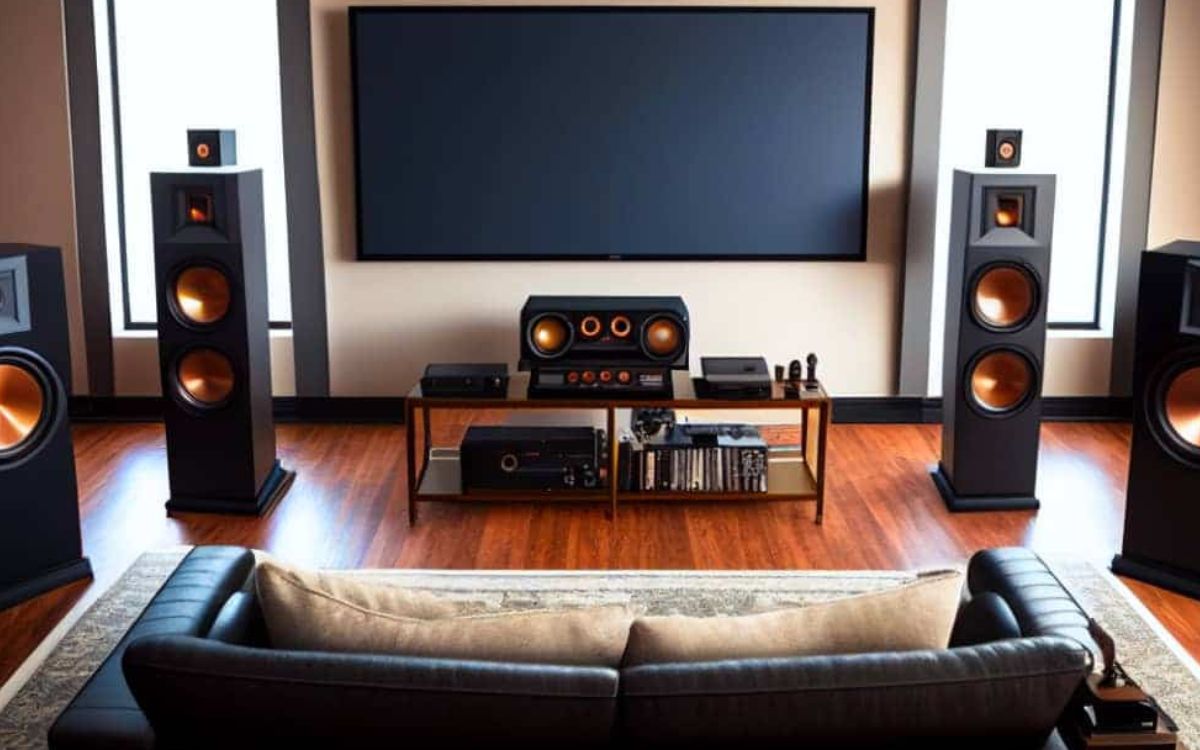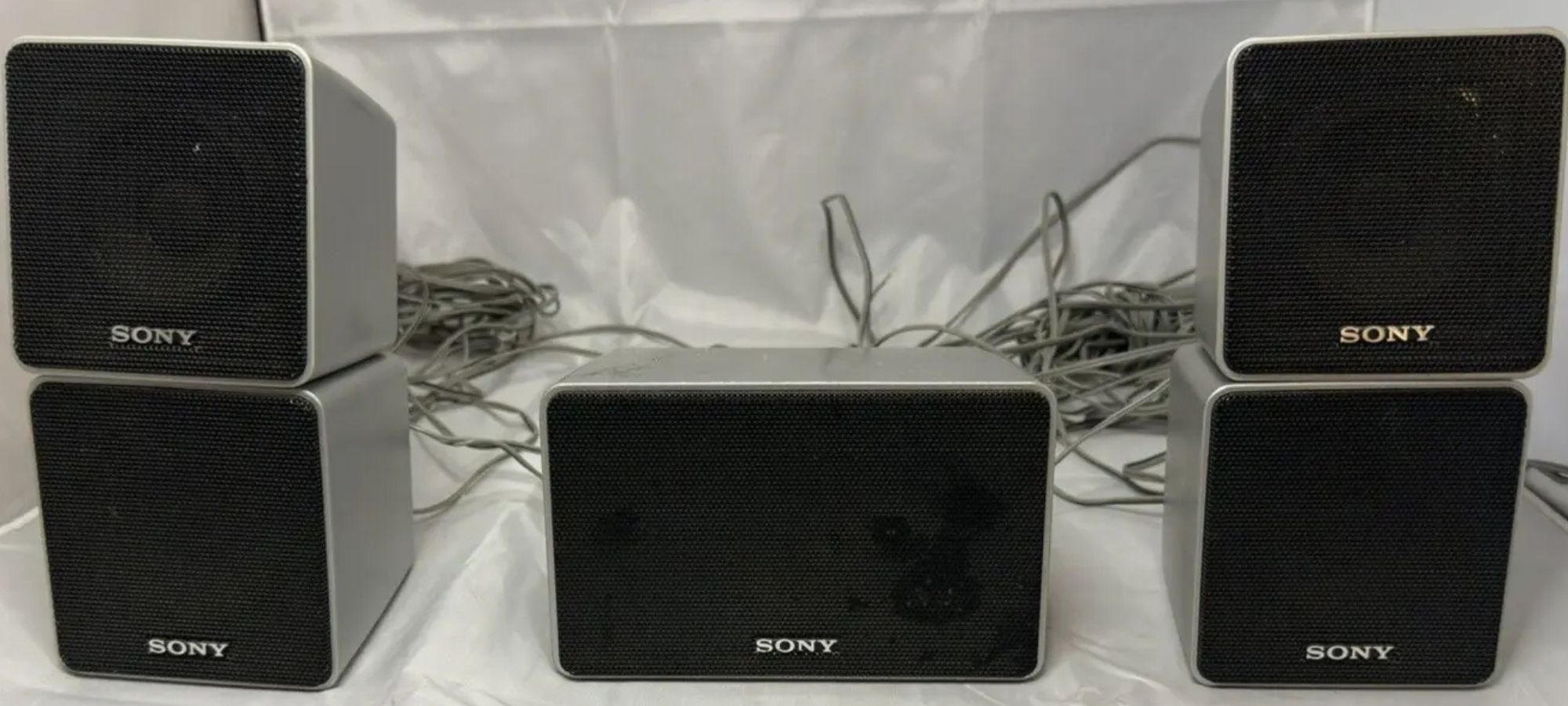Home>Production & Technology>Surround Sound>What Is 5.1 Surround Sound Mean
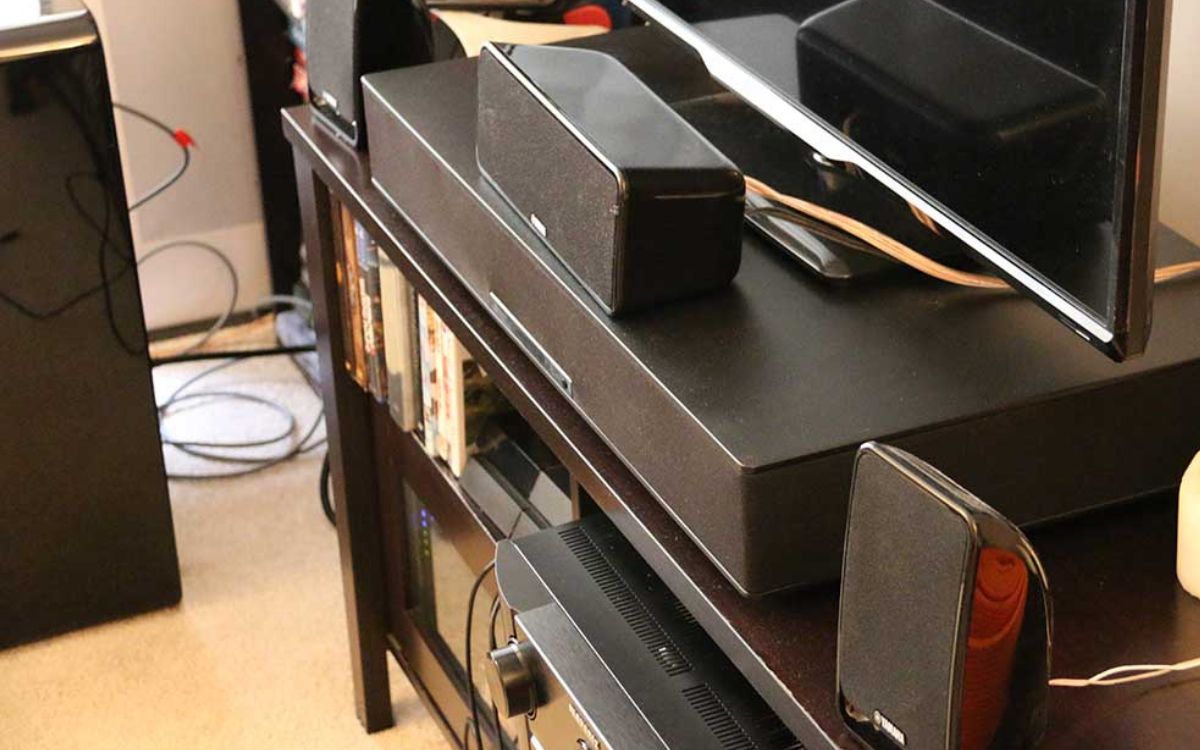

Surround Sound
What Is 5.1 Surround Sound Mean
Modified: January 26, 2024
Discover the meaning of 5.1 surround sound and how it enhances audio experiences. Explore the world of surround sound technology with our comprehensive guide.
(Many of the links in this article redirect to a specific reviewed product. Your purchase of these products through affiliate links helps to generate commission for AudioLover.com, at no extra cost. Learn more)
Table of Contents
Introduction
Welcome to the world of immersive audio! In today’s tech-driven society, where entertainment plays a significant role in our lives, the demand for high-quality audio experiences continues to grow. One such technology that has revolutionized the way we hear sound is 5.1 surround sound.
When it comes to consuming media, whether it be movies, music, or gaming, we all want to feel completely immersed in the audio. And that’s exactly what 5.1 surround sound delivers. It takes us beyond the traditional stereo sound and transports us into a world where audio comes from all directions, offering a truly captivating experience.
In this article, we will delve into the depths of 5.1 surround sound, uncovering its definition, components, working mechanism, benefits, and popular uses. So, let’s dive in and explore the world of surround sound together!
Now that we have set the stage, let’s move on to understanding the exact definition of 5.1 surround sound.
Definition of 5.1 Surround Sound
5.1 surround sound refers to a specific audio setup that consists of five main speakers and one subwoofer. The “5” in 5.1 represents the five main speakers, while the “.1” indicates the subwoofer. This configuration creates a multidimensional audio experience, allowing sound to be reproduced from multiple directions around the listener.
The five main speakers in a 5.1 surround sound system are typically arranged in a specific way to optimize the audio quality. They are positioned to create a surround effect, immersing the listener in a three-dimensional soundscape. Three speakers are placed in the front, left, center, and right, while two speakers are positioned at the rear left and rear right. These speakers work together to deliver a realistic and enveloping audio experience.
Additionally, the subwoofer is responsible for reproducing low-frequency sounds, such as deep bass and rumbling effects. It enhances the overall audio quality by providing impactful and deep bass tones, adding a thrilling element to movies, music, and games.
It’s important to note that the “5.1” configuration is just one of several types of surround sound setups available. Other popular configurations include 7.1 (seven main speakers and one subwoofer) and 9.1 (nine main speakers and one subwoofer). However, 5.1 surround sound is widely used and considered the standard for most home theater systems and audio setups.
Now that we have a clearer understanding of what 5.1 surround sound entails, let’s explore the components that make up this immersive audio system.
Components of 5.1 Surround Sound
A 5.1 surround sound system consists of several key components that work together to create an immersive audio experience. Understanding these components is essential for setting up and enjoying the full potential of a 5.1 surround sound setup.
- Main Speakers: The main speakers are the heart of the surround sound system. In a 5.1 configuration, there are five main speakers – front left, front center, front right, rear left, and rear right. Each speaker is responsible for reproducing specific audio channels to create a realistic and spatial soundstage.
- Subwoofer: The subwoofer, also known as the “.1” component, handles low-frequency sounds. It is designed to reproduce deep bass tones and rumbling effects, adding depth and impact to the overall audio experience.
- Receiver: The receiver serves as the central control unit for the surround sound system. It acts as a hub that connects all the components together. The receiver receives audio signals from various sources, processes them, and distributes them to the appropriate speakers.
- Audio Source: The audio source can include a wide range of devices such as Blu-ray players, DVD players, game consoles, streaming devices, and audio receivers. They are responsible for playing audio content that is then decoded and distributed to the surround sound system by the receiver.
- Speaker Cables: Speaker cables are used to connect the main speakers and the subwoofer to the receiver. They transmit the audio signals from the receiver to the speakers, ensuring a seamless and uninterrupted sound delivery.
It’s worth noting that while these are the essential components of a 5.1 surround sound system, additional accessories like wall mounts, stands, and soundproofing materials can enhance the overall audio experience and aesthetics of the setup.
Now that we have covered the components, let’s explore the next crucial aspect of 5.1 surround sound: speaker placement.
Speaker Placement in 5.1 Surround Sound
Proper speaker placement is vital for achieving optimal audio performance in a 5.1 surround sound system. Each speaker has a specific role in creating a realistic and immersive audio experience. Let’s take a closer look at the ideal placement for each speaker:
- Front Left and Front Right Speakers: These speakers should be positioned on either side of the television or projection screen, at ear level or slightly above. They should be angled towards the listening area to direct sound towards the viewer.
- Front Center Speaker: The front center speaker should be placed either above or below the display screen, directly facing the viewer. It ensures clear and accurate dialogue delivery, anchoring the sound to the on-screen action.
- Rear Left and Rear Right Speakers: The rear speakers should be positioned behind the listening area, slightly above ear level. They create an immersive surround effect by adding depth and dimension to the audio. Angle them towards the center of the room for optimal sound dispersion.
- Subwoofer: The subwoofer can be placed anywhere in the room to achieve the desired bass response. It is advisable to experiment with subwoofer placement by positioning it in different areas and determining the location that delivers the best bass performance.
When setting up the speakers, it is important to consider the acoustics of the room. Factors such as room size, furniture placement, and wall surfaces can affect the sound quality. Experimenting with speaker placement and room adjustments can help optimize the surround sound experience.
It is also worth mentioning that using wall mounts or speaker stands can help position the speakers at the ideal height and provide stability for optimal sound projection.
Now that we have covered the placement of speakers, let’s explore how a 5.1 surround sound system actually works.
How Does 5.1 Surround Sound Work?
Understanding how 5.1 surround sound works can help us appreciate the magic behind its immersive audio experience. The system operates on the principle of distributing audio signals across multiple channels, creating a three-dimensional soundstage. Let’s explore the process step by step:
- Audio Encoding: The audio source, such as a Blu-ray disc or streaming content, is encoded with separate audio channels. In a 5.1 setup, these channels consist of front left, front center, front right, rear left, rear right, and the subwoofer (low-frequency effects).
- Decoding: The receiver receives the encoded audio signals and decodes them based on the channel information. It separates the audio into different channels and sends them to the respective speakers.
- Front Speakers: The front left and front right speakers handle the primary audio channels, delivering dialogue, music, and other sound effects that are essential to the main audio content.
- Center Speaker: The center speaker primarily reproduces dialogue and vocals, ensuring clarity and accuracy. It creates a seamless integration between the left and right front speakers, anchoring the sound to the on-screen action.
- Rear Speakers: The rear left and rear right speakers generate ambient and background sounds, as well as provide immersive surround effects. They create a sense of depth and dimension by replicating audio from behind the listener, making the experience more encompassing.
- Subwoofer: The subwoofer handles the low-frequency effects (LFE) channel, which consists of deep bass sounds and rumbling effects. It adds depth and impact to the audio, enhancing the overall cinematic experience.
By distributing specific audio channels to different speakers, 5.1 surround sound creates a realistic and immersive soundstage, enveloping the listener in a surround environment. The combination of dialogue, music, effects, and surround cues makes the audio experience more engaging and captivating.
Now that we understand how 5.1 surround sound works, let’s explore the benefits it brings to our audio enjoyment.
Benefits of 5.1 Surround Sound
5.1 surround sound offers numerous benefits that enhance our audio enjoyment and create a truly immersive experience. Let’s explore some of the key advantages of using a 5.1 surround sound system:
- Immersive Audio Experience: 5.1 surround sound provides a level of immersion that traditional stereo sound cannot match. With audio coming from multiple directions, it creates a realistic and enveloping soundstage, making you feel like you’re truly part of the action.
- Enhanced Spatial Awareness: The distinct placement of speakers in a 5.1 setup allows for precise audio localization. Sound effects and ambient noises from the rear speakers provide a better sense of space and depth, enhancing the overall realism of movies, games, and music.
- Improved Dialogue Clarity: The dedicated center speaker in a 5.1 setup ensures clear and accurate reproduction of dialogue. This is particularly beneficial during movie watching, as it allows you to hear conversations and subtle nuances with greater clarity, reducing the chances of missing important plot details.
- Richer Audio Quality: With specialized speakers for different frequency ranges (such as the subwoofer for bass), 5.1 surround sound delivers a more balanced and dynamic audio experience. By reproducing a wider range of frequencies, it allows you to enjoy the full richness of soundtracks, musical performances, and sound effects.
- Movie Theater-like Experience: By recreating the surround sound experience found in movie theaters, 5.1 surround sound brings the cinematic experience to the comfort of your own home. You can enjoy blockbuster movies with booming explosions, immersive soundtracks, and thrilling action sequences as if you were sitting in a theater.
- Enhanced Gaming Experience: When playing video games, 5.1 surround sound can provide a competitive edge by allowing you to accurately locate in-game sounds, such as approaching enemies or environmental cues. This heightened awareness can enhance immersion and gameplay performance.
These benefits make 5.1 surround sound a popular choice for home theater enthusiasts, gamers, and audiophiles who seek a truly captivating audio experience.
Now that we have explored the advantages of 5.1 surround sound, let’s take a look at some popular uses of this technology.
Popular Uses of 5.1 Surround Sound
5.1 surround sound is widely used across various industries and in different settings, offering a heightened audio experience in a range of applications. Let’s explore some of the popular uses of 5.1 surround sound:
- Home Theater Systems: One of the most common uses of 5.1 surround sound is in home theater systems. By bringing a cinematic experience to your living room, it allows you to enjoy movies, TV shows, and streaming content with immersive and realistic audio.
- Gaming: Gamers often rely on 5.1 surround sound to enhance their gaming experience. It not only provides immersive audio cues but also helps them locate in-game sounds, improving spatial awareness and gameplay performance.
- Music Enthusiasts: For music lovers, 5.1 surround sound offers a new dimension to their listening experience. It allows for the separation of vocals, instruments, and effects, providing a more immersive and detailed representation of the music.
- Virtual Reality (VR) and Augmented Reality (AR): As VR and AR technologies advance, 5.1 surround sound becomes an integral part of creating an immersive and realistic virtual environment. It enhances the sense of presence and spatial audio, making the experience more convincing and engaging.
- Professional Audio Production: 5.1 surround sound is utilized in audio production studios for creating sound designs, film post-production, and music mixing. It allows for precise audio placement and the creation of a realistic and immersive audio environment.
- Live Events and Concerts: Many live events and concerts utilize 5.1 surround sound systems to deliver an immersive audio experience to the audience. It ensures that the sound reaches every corner of the venue, providing consistency and a more immersive experience for the attendees.
From home theaters to gaming setups, music enthusiasts to professional audio production, and live events to virtual reality experiences, 5.1 surround sound finds its place in a wide range of applications, providing a truly immersive and captivating audio experience.
As technology continues to evolve, the future of 5.1 surround sound holds even more potential for innovation and advancement.
Let’s dive into what the future might hold for 5.1 surround sound technology in the next section.
Future of 5.1 Surround Sound Technology
The future of 5.1 surround sound technology looks promising, with advancements and innovations on the horizon. While the 5.1 configuration has become a standard in many audio setups, here are some potential trends and developments to watch out for:
- Immersive Audio Formats: With the rise of object-based audio formats like Dolby Atmos and DTS:X, the concept of surround sound is evolving. These formats allow for more precise and customizable audio placement, expanding beyond the traditional 5.1 speaker layout. This not only enhances the surround sound experience but also offers compatibility with newer speaker configurations like 7.1 and 9.1 setups.
- Wireless Connectivity: The future of 5.1 surround sound may see the integration of more wireless technologies, minimizing the need for cables. This can simplify the setup process and allow for greater flexibility in speaker placement.
- Virtual Surround Sound: Technologies such as virtual surround sound aim to recreate a surround sound experience using fewer speakers or even just headphones. Through advanced audio processing algorithms, these systems can create a three-dimensional audio environment, providing a more immersive experience without the need for a full 5.1 speaker setup.
- Integration with Smart Home Systems: As smart home integration becomes more prevalent, expect 5.1 surround sound systems to become seamlessly integrated into smart home ecosystems. This will allow for voice control, automation, and synchronization with other connected devices, providing a more intuitive and personalized audio experience.
- Enhanced Audio Quality: With advancements in sound engineering and technology, the future of 5.1 surround sound will likely bring improved audio processing algorithms, higher resolution audio formats, and enhanced sound reproduction capabilities. This will result in even more nuanced and lifelike audio experiences.
The future of 5.1 surround sound technology holds the potential for more immersive, flexible, and personalized audio experiences across various applications. Whether it’s through object-based audio formats, wireless connectivity, virtual sound technologies, smart home integration, or enhanced audio quality, 5.1 surround sound systems are set to continue delivering captivating audio experiences.
As technology progresses, we can look forward to experiencing even more realistic and immersive audio in our entertainment and everyday lives.
Now that we have explored the future possibilities, let’s wrap up our journey through the world of 5.1 surround sound.
Conclusion
In conclusion, 5.1 surround sound has brought a new dimension to audio experiences, immersing us in a world of captivating soundscapes. By leveraging five main speakers and a subwoofer, this technology creates a multidimensional audio environment that enhances our movies, music, games, and more.
We have explored the definition of 5.1 surround sound, its components, speaker placement, working mechanism, and the benefits it offers. We have also discussed popular uses across various industries, including home theaters, gaming setups, music enthusiasts, and virtual reality experiences.
As we look to the future, there are exciting developments on the horizon. With emerging technologies like object-based audio formats, wireless connectivity, virtual surround sound, and smart home integration, the future of 5.1 surround sound promises even more immersive and personalized audio experiences.
So whether you’re a movie buff craving the cinematic experience at home, a gamer seeking heightened immersion, or a music lover yearning for a more detailed and enveloping sound, 5.1 surround sound has something to offer.
As technology continues to advance, the possibilities for audio experiences are limitless. The quest for a more immersive and realistic audio environment will continue to drive innovation, ensuring that we are always one step closer to audio perfection.
So, go ahead, set up your 5.1 surround sound system, position the speakers, and immerse yourself in the captivating world of auditory bliss. Discover the magic of sound as it envelops you from all directions, transporting you into a world of extraordinary audio experiences.
Get ready to hear every whisper, every explosion, and every note like never before. Welcome to the world of 5.1 surround sound!

